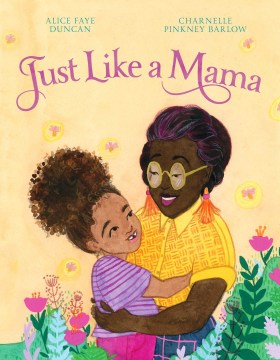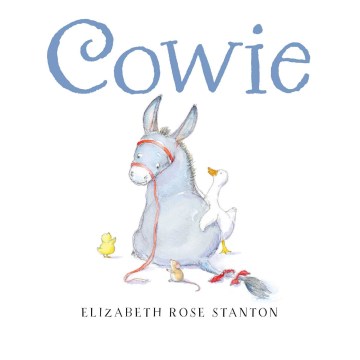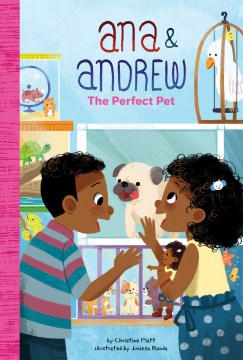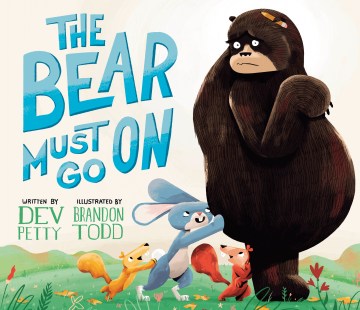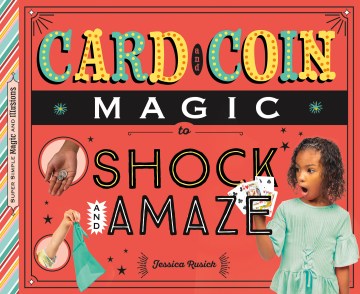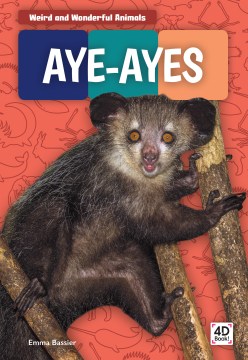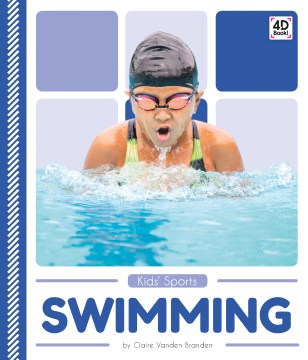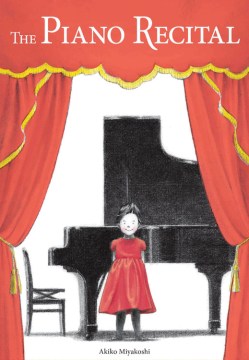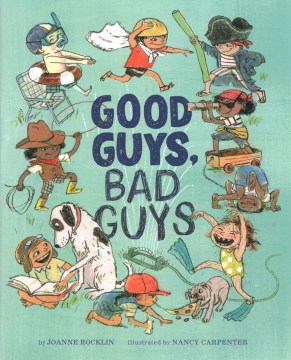This approachable and concise history of Kennedy’s assassination was written by the daughter of a Texas television newsman who was at the station when the shooting occurred. Filled with photographs, sidebars, a timeline, glossary, and index, the information is easy to read and comprehend. There is also an Essential Facts section which provides brief descriptions of the key players, significant events, and the impact on society of Kennedy’s assassination. There is a chapter on the Zapruder film that was in the home movie camera that captured 26 seconds of the assassination. Another chapter discusses controversies and cover-ups. Another chapter looks back over the past fifty years and changes in technologies such as laser mapping and shadowgraphs.
The Assassination of John F. Kennedy is part of the American Crime Series which also includes The Gardner Museum Heist, The Lizzie Borden Ax Murders, The Manson Family Murders, The Murder of Tupac and Biggie, The O.J. Simpson Murder Case, The Son of Sam Killings, and The Zodiac Killer.

